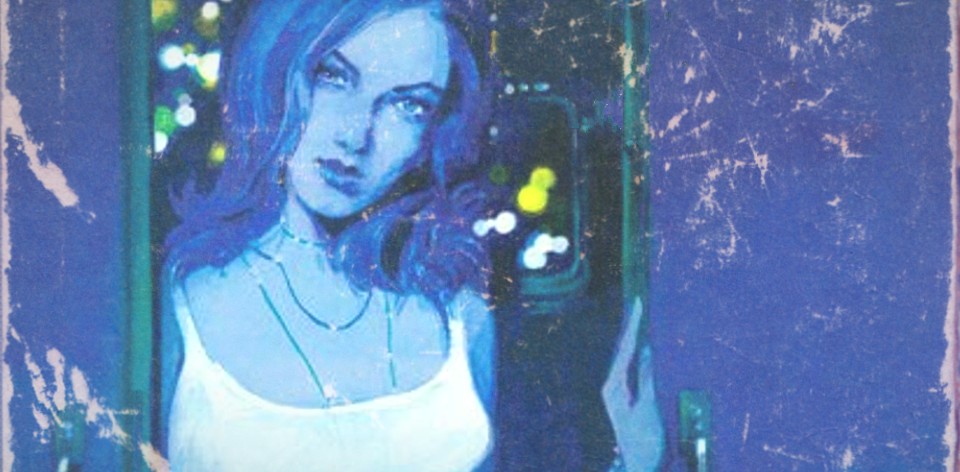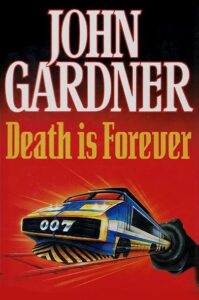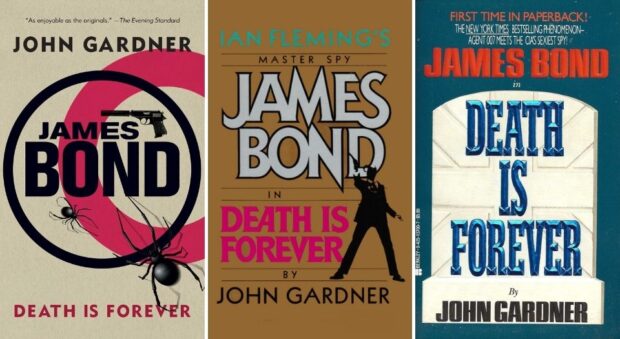Bond. James Bond. In the 007 Case Files, join me as I read all of the James Bond books, encompassing Ian Fleming and beyond. For Your Eyes Only: there’s spoilers ahead.
Death and James Bond go hand in hand. He used to say Live and Let Die, but that’s only because You Only Live Twice. Yet whether you Win, Lose or Die, it seems that Nobody Lives Forever – except possibly in the future, as Tomorrow Never Dies. Bond almost always choses to Die Another Day, because it was No Time to Die. Then death caught up with him.
It probably says something about my state of mind that I read most of this book from the confines of a hospital bed. While the reason for my very short stay was never dire, one can’t help but reflect on mortality when one goes under the knife. James Bond, and perhaps writer John Gardner, also seemed to be concerned with the undiscovered country in this early 90s adventure.
This is likely due to the fact that it’s 1992. The Soviet Union has collapsed and the Cold War is ostensibly over. Following 1989’s Licence to Kill, the fate of 007’s cinematic future is uncertain. For the first time in Bond’s history, many of the things that grounded the franchise and its narrative have come untethered. Yet death remains a constant, and it is the jumping-off point for Gardner’s twelfth Bond adventure.
Death arrives for two British agents in Germany, both killed in distinctively old school ways. Bond and CIA Agent “Easy” St. John (yes, really) are assigned the task of tracking down the surviving members of Cabal, a group still operating on a signal system of call-and-response phrases. Yet as more members of the group start dying, the ever-present hand of fate dangles closer to our favourite agent.
Gardner’s previous outing, The Man from Barbarossa, was a consciously different mix of tones and style. While it was the author’s favourite Bond book, it was met with mixed critical and fan reaction. DEATH IS FOREVER seems to take a far more restrained approach to spy fiction. The cheeky naming of Easy St. John seems to be a conscious throwback to yesteryear, as if Gardner was yelling: ‘You want Fleming? This is what Fleming did.’ It comes complete with references to Hoagy Carmichael (who Fleming always saw as Bond) and quips like ‘An absolutely electrifying experience’ after a baddie is shocked to death. Even the title, which Gardner once said he took from dialogue in a Stephen King book, is surely also a reference to the more famous Diamonds Are Forever.
Which isn’t to say that Gardner completely removes his own style from the book. He has always brought a sharply contemporary awareness of global events to Bond books, and this book is one of the most topical to date. As the story progresses, Bond uncovers the villain’s plot to murder the heads of various European countries during the inaugural run of the Eurostar from London to Paris — which launched in the real world in a year after publication. It’s revealed that it’s all part of a plan to create havoc in the west and bring back Communism for a brand new season, another real fear that kind of played out over the next few decades.
This dedication to the real world was something Gardner took incredibly seriously. He always tried to visit the places Bond visited, or get his hands on the tech Bond used in the field. “Of the simple technology for instance the telescopic baton,” he said of DEATH IS FOREVER, “[is] now used extensively by police forces.” The more you know.
With a more streamlined storytelling, and eschewing the salaciousness that pervaded the previous Bond adventure, it’s filled with white-knuckle moments and cliffhangers. A sandwich full of spiders is a memorable moment, continuing Gardner’s terrifying encounters with buglife (such as the “constantly moving sea” of ants in For Special Services). It builds up to a knife fight, another gripping finale that Gardner does so well. He doesn’t completely shake off the old guard though, at one point describing “the kind of woman who, in a clinch, might well suffocate a man with the pneumatic beauty of her breasts.” There is a form of death I’d never pondered before now.
So, here we are thirty years later, and the world reacts to Russia invading Ukraine. The Cold War has managed to get a lot hotter. As far as the last film is concerned, James Bond’s future is on pause. Which isn’t too far from where Gardner was in 1992. For Bond, death has remained terminally impermanent, with the character rarely out of the spotlight. Like death and war, Bond is forever.
James Bond will return…in Never Send Flowers.






